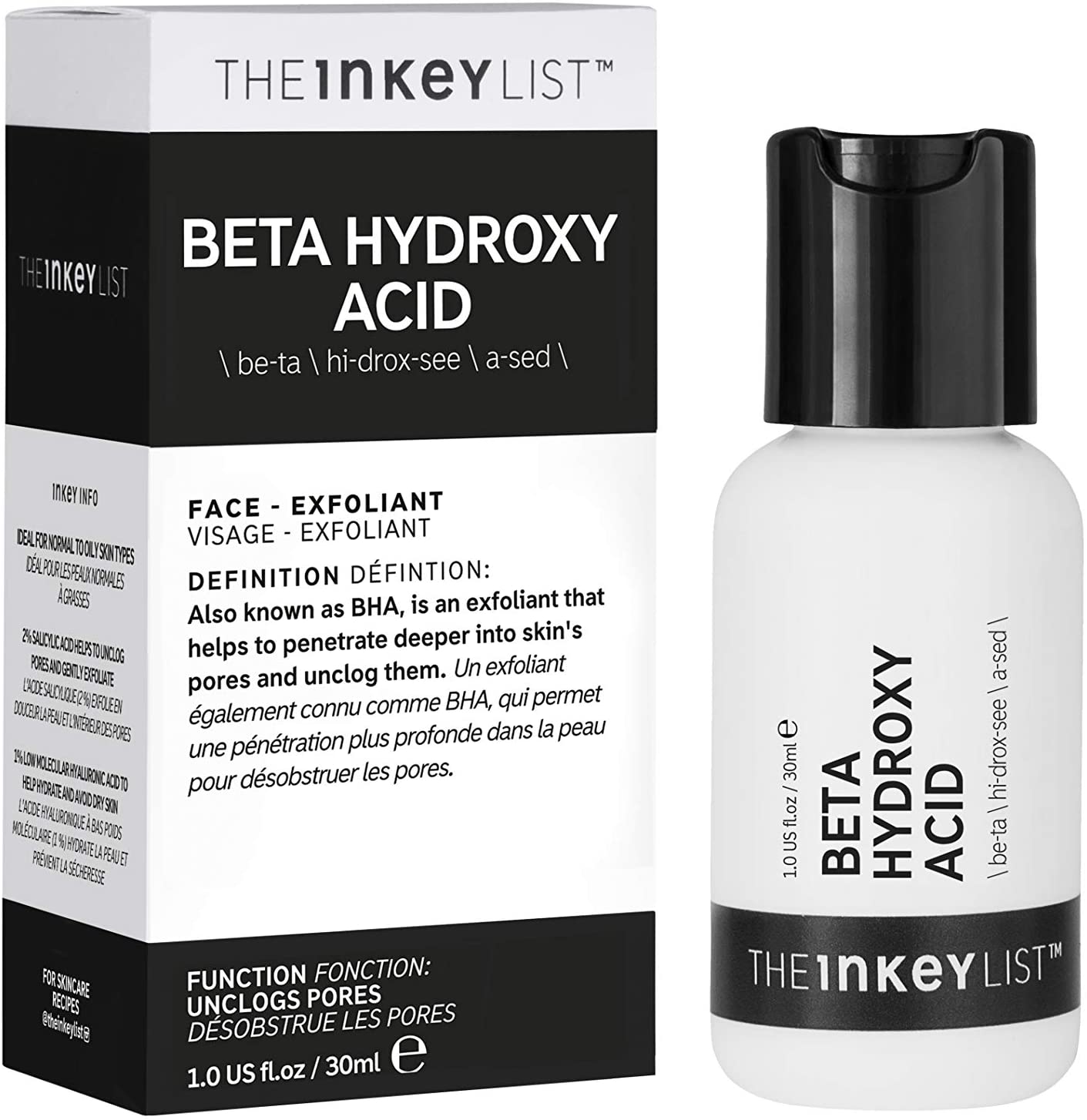


Notably, factors influencing the safety and effectiveness of AHA products include concentration, pH, exposure time, and the amount of free acid present. However, caution is required in relation to adverse reactions to AHA products, which can include redness, swelling, burning, and pruritus. Food and Drug Administration (FDA) do not raise serious safety concerns regarding GA used topically at low concentrations. Available nonclinical data disclosed by the U.S. The influence of AHAs on phototoxicity and photoprotection is uncertain.
Alpha hydroxy acid skin#
The question of whether AHAs are a friend or foe of the skin remains. However, other scholars hold opposing views and have published studies that refute these assertions studies have indicated that topical application of AHAs can increase the photosensitivity of skin to UVB-irradiation When paired with sunlight exposure, and AHAs also induced uneven skin pigmentation. Reports have demonstrated that AHAs can prevent ultraviolet (UV)-induced skin tumor development, and many dermatologists have suggested that AHAs may also play other roles, such as antioxidant activity. Because of these factors, AHAs are a widely used and popular treatment. AHAs can improve wrinkled skin by increasing the synthesis of glycosaminoglycans and thickening skin. AHAs are usually applied in the form of superficial and medium-depth peels such as those used to treat acne, scars, melasma, hyperpigmentation, roughness, age spots, and seborrhea. Thus, AHA peels have been popular in dermatological practice for many years. AHAs diminish corneocyte cohesion immediately above the granular layer by detaching and desquamating the stratum corneum. AHAs can be used to easily peel all types of skin with minimal risk. In 1974, Van Scott and Yu indicated that AHAs could have profound effects on disorders related to keratinization. Malic acid and citric acid are also prominent representatives in alpha hydroxyl acids and beta hydroxyl acids.

Tartaric acid is a dicarboxylic acid with two hydroxyl groups at the alpha position of the acid. Malic acid and citric acid contain a hydroxyl group in the α-position to one carboxyl group and in the β-position to the other carboxyl group. AHAs are weak organic acids with one or more hydroxyl group attached to the alpha carbon, indicating α. The structures of AHAs commonly used in dermatology including glycolic acid, lactic acid, malic acid, tartaric acid, and citric acid. These mechanisms of AHAs are currently well understood, aiding the development of novel approaches for the prevention of UV-induced skin damage.

We conclude that whether AHA is a friend or foe of human skin depends on its concentration. Whether AHAs enhance or decrease photo damage of the skin remains unclear, compelling us to ask the question, is AHA a friend or a foe of the skin? The aim of this manuscript is to review the various biological effects and mechanisms of AHAs on human keratinocytes and in an animal model. However, caution should be exercised in relation to certain adverse reactions among patients using products with AHAs, including swelling, burning, and pruritus. AHAs have been used as superficial peeling agents as well as to ameliorate the appearance of keratoses and acne in dermatology. AHAs including glycolic acid, lactic acid, malic acid, tartaric acid, and citric acid are often used extensively in cosmetic formulations. AHAs are organic acids with one hydroxyl group attached to the alpha position of the acid.


 0 kommentar(er)
0 kommentar(er)
